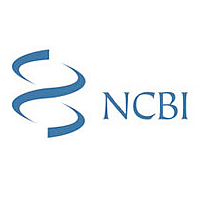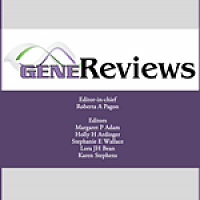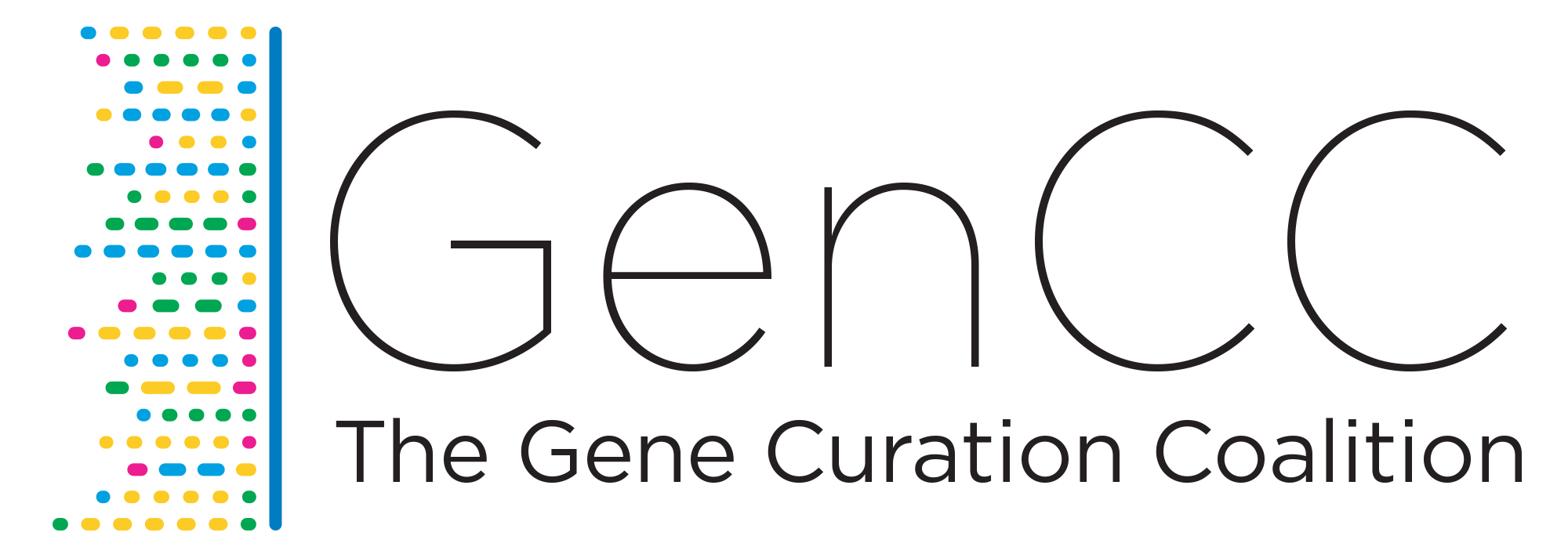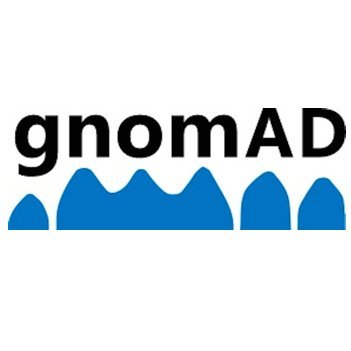Developmental Brain Disorder Gene Database
LoF Variant Gene
Gene
Search
Tier
4
- Unique Cases:
- 8
- Disorders:
- ID, ASD, EP, SCZ
- Last Updated:
- November 4, 2024
Gene Summary:
- DBD Genes Classification
- RELN is an Emerging candidate gene classified as Tier 4. Tier 4 genes no de novo pathogenic loss-of-function variants.
- Gene Function
- Extracellular matrix serine protease secreted by pioneer neurons that plays a role in layering of neurons in the cerebral cortex and cerebellum by coordinating cell positioning during neurodevelopment. Regulates microtubule function in neurons and neuronal migration. Binding to the extracellular domains of lipoprotein receptors VLDLR and LRP8/APOER2 induces tyrosine phosphorylation of DAB1 and modulation of TAU phosphorylation. Affects migration of sympathetic preganglionic neurons in the spinal... (Source: Uniprot)
- Previous symbols
- No previous symbols
- Alias symbols
- RL, PRO1598
- Chromosomal Location
- 7q22.1
- Genomic Coordinates
- GRCh37:chr7:103112231-103629963
- GRCh38:chr7:103471789-103989658
- Associated Disorders
- Intellectual Disability, Autism, Epilepsy
Predictive Scores:
- HI Score (Decipher)
1.1
- pLI (gnomAD)
1.00
- LOEUF (gnomAD)
0.28
Classifications from External Sources:
- SFARI Score (SFARI)
1
- DDG2P Classification (DDG2P)
Definitive
- ClinGen Classification (ClinGen)
Definitive1
Disputed1
- GenCC Classification (GenCC)
Definitive3 Strong3 Supportive2 Moderate2 Limited1 Disputed Evidence1
Cases:
Publications:
| Valence S et. al., RELN and VLDLR mutations underlie two distinguishable clinico-radiological phenotypes., Clin Genet, 2016 |
| Trujillano D et. al., Clinical exome sequencing: results from 2819 samples reflecting 1000 families., Eur J Hum Genet, 2017 |
| De Rubeis S et. al., Synaptic, transcriptional and chromatin genes disrupted in autism., Nature, 2014 |
| Guo H et. al., Inherited and multiple de novo mutations in autism/developmental delay risk genes suggest a multifactorial model., Mol Autism, 2018 |
| Kushima I et. al., High-resolution copy number variation analysis of schizophrenia in Japan., Mol Psychiatry, 2017 |
| Arioka Y et. al., Characterization of a schizophrenia patient with a rare RELN deletion by combining genomic and patient-derived cell analyses., Schizophr Res, 2020 |
External References:

NCBI: Gene
Integrates information from a wide range of species. A record may include nomenclature, Reference Sequences (RefSeqs), maps, pathways, variations, phenotypes, and links to genome-, phenotype-, and locus-specific resources worldwide.

Gene Reviews
An international point-of-care resource for busy clinicians, provides clinically relevant and medically actionable information for inherited conditions in a standardized journal-style format, covering diagnosis, management, and genetic counseling for patients and their families.

DECIPHER
DECIPHER (DatabasE of genomiC varIation and Phenotype in Humans using Ensembl Resources) is an interactive web-based database which incorporates a suite of tools designed to aid the interpretation of genomic variants.
DECIPHER enhances clinical diagnosis by retrieving information from a variety of bioinformatics resources relevant to the variant found in the patient.

SFARI
SFARI Gene is an evolving online database designed to permit quick entrée into the genetics of autism, and to help researchers track the ever-expanding genetic risk factors that emerge in the literature.

ClinGen
ClinGen is a National Institutes of Health (NIH)-funded resource dedicated to building an authoritative central resource that defines the clinical relevance of genes and variants for use in precision medicine and research.

GenCC
The GenCC DB provides information pertaining to the validity of gene-disease relationships, with a current focus on Mendelian diseases.

gnomAD
The Genome Aggregation Database (gnomAD) is a resource developed by an international coalition of investigators, with the goal of aggregating and harmonizing both exome and genome sequencing data from a wide variety of large-scale sequencing projects, and making summary data available for the wider scientific community.
